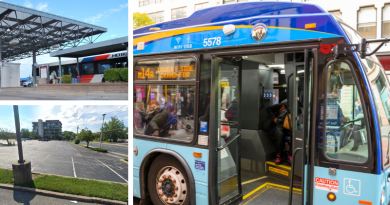The Week in TOD News September 24-30, 2022
U.S. transport history & lackluster transit systems. Riders return→boosting agency finances. Residential instead of office in Haddon Twp. Equity and the Purple Line. Houston Metro to leverage park-and-rides. Indian Railways undertakes sustainable station redevelopment.
Read More
